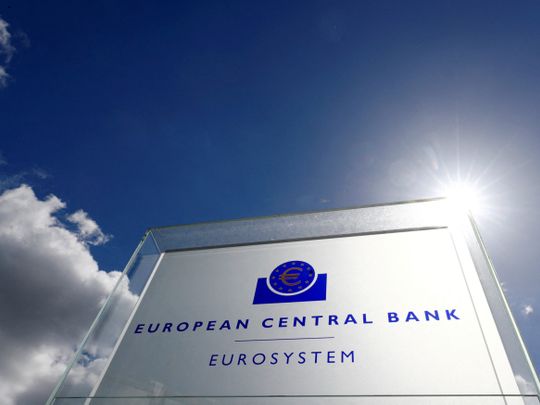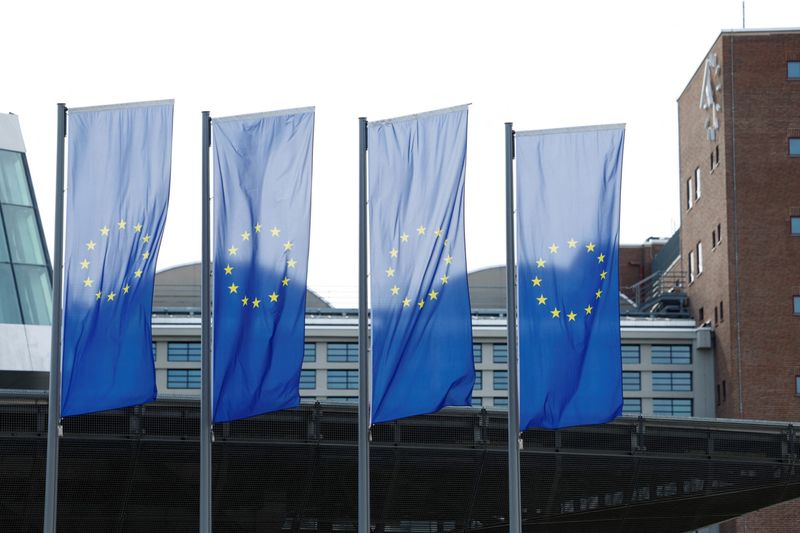
Frankfurt: The European Central Bank raised interest rates by 50 basis points on Thursday as promised, ignoring financial market chaos and calls by investors to dial back policy tightening at least until sentiment stabilises.
The ECB has been raising rates at its fastest pace on record to curb inflation, but a rout in global markets since the collapse of Silicon Valley Bank in the United States last week had threatened to upend those plans at the last moment.
In line with its often-repeated guidance, the central bank for the 20 countries that share the euro lifted its deposit rate to 3 per cent, the highest level since late 2008, as inflation is seen overshooting its 2 per cent target through 2025.
But it offered no commitments for the future, despite previous calls by a long list of policymakers for more big moves in the fight against inflation.
Read more
- Moody's changes outlook on US banking system to 'negative' after SVB collapse
- History of US bank failures: What happened before collapse of SVB, Silvergate and Signature bank
- Watch: Why Swiss banking giant Credit Suisse needed a $54 billion lifeline
- Credit Suisse surges 40% on lifeline, fueling bank-stock rally
“The elevated level of uncertainty reinforces the importance of a data-dependent approach to the Governing Council’s policy rate decisions,” the ECB said.
On Thursday morning, after days of turmoil in markets, financial investors had seen a 50 per cent chance of a smaller, 25 basis point move by the ECB. They have also dialled down expectations for future moves, forecasting the peak rate at 3.25 per cent, below the 4.1 per cent priced last week.
Euro zone bank shares have been in freefall this week, spooked first by SVB’s collapse, then a plunge in the value of Credit Suisse, a lender that has long been dogged by problem.
But the Swiss National Bank threw Credit Suisse a $54 billion lifeline overnight, a big enough show of force to send its shares back up more than 20 per cent and lift other bank stocks.
Full blown financial crises
The key worry for the ECB is that monetary policy works via the banking system, and a full blown financial crisis would make its policy ineffective.
That left the ECB in a dilemma, pitting its inflation-fighting mandate against the need to maintain financial stability in the face of overwhelmingly imported turmoil.
Inflation, the bank’s primary responsibility, is far higher than in previous crises and the ECB’s new projections, published on Thursday, put price growth above its 2 per cent target through 2025, an overriding concern for many ECB governors.
Inflation is seen averaging 5.3 per cent this year, 2.9 per cent in 2024 and 2.1 per cent in 2025, the ECB said, adding that these projections were finalised before the current turmoil.
“The Governing Council is monitoring current market tensions closely and stands ready to respond as necessary to preserve price stability and financial stability in the euro area,” the ECB said.

Some economists also argued that the ECB has plenty of instruments to fight market stress, and so had not needed to sacrifice the rate move to keep financial assets buoyant.
Investor attention now turns to ECB President Christine Lagarde’s news conference where she will be quizzed on future policy moves and risk of contagion in the banking sector.
She will attempt to reassure investors about the health of the bloc’s banks and say that a raft of ECB liquidity facilities remain available in case of need.
But she is likely to stop short of offering specific measures to help banks, especially since the ECB has just removed a subsidy from a key long-term lending instrument in an attempt to wean lenders off central bank cash.







